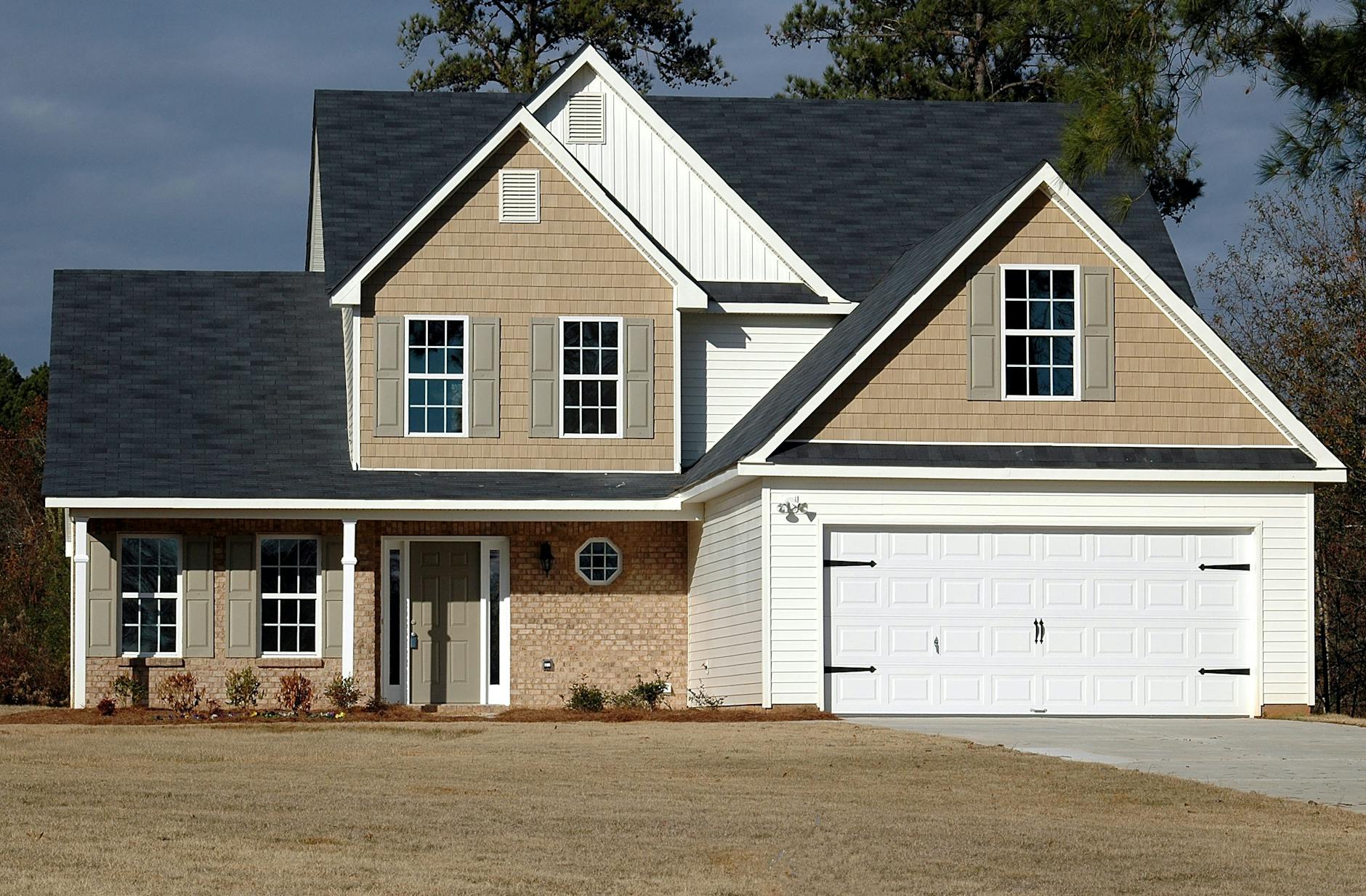Top Homebuyer Assistance Programs for Low-Income Families in 2024
Top homebuyer assistance programs for low-income families in 2024
Buying a home can be a daunting challenge, especially for low-income families facing financial constraints and limited access to traditional lending options. However, 2024 has brought a renewed focus on helping these families achieve homeownership through a variety of assistance programs designed to reduce upfront costs, provide favorable loan terms, and offer ongoing support. This article explores some of the most effective homebuyer assistance programs available this year. We will look at federal and state initiatives, non-profit resources, and innovative lending options that make homeownership more accessible. By understanding these programs, prospective homebuyers can navigate the complexities of purchasing a home and take advantage of valuable resources to achieve stability and build wealth.
Federal assistance programs
At the national level, several programs offer direct aid to low-income homebuyers. The Federal Housing Administration (FHA) loans remain a cornerstone, allowing buyers to secure mortgages with low down payments—often as little as 3.5%. FHA loans are particularly attractive because they have more flexible credit requirements than conventional loans.
Another crucial federal resource is the USDA Rural Development loan, which targets homebuyers in eligible rural areas. This program offers no down payment options and low-interest rates, significantly lowering entry barriers for families outside urban centers.
Additionally, the Good Neighbor Next Door program encourages teachers, firefighters, and other essential workers to purchase homes by offering discounts of up to 50% on list prices in revitalization areas.
State and local programs
Beyond federal assistance, states and municipalities often have dedicated funds for down payment help, closing cost grants, or favorable loan terms tailored to their communities. These programs vary widely but can include:
- Down payment and closing cost assistance – Grants or forgivable loans that remove barriers to the initial purchase costs.
- Tax credits – Programs like the Mortgage Credit Certificate (MCC) provide a federal tax credit that reduces yearly tax liability for qualifying homeowners.
- Homebuyer education courses – Free or low-cost workshops that help families understand the home buying process.
It is important to research local housing finance agencies (HFAs) that oversee these programs, as they tailor offerings to specific market needs and income thresholds.
Non-profit and community initiatives
Many nonprofit organizations complement government programs by providing additional resources such as:
- Homebuyer counseling and credit repair assistance
- Matching savings programs to encourage down payment savings
- Partnerships with lenders to offer special financing packages
For example, organizations like NeighborWorks America and local Habitat for Humanity affiliates often have programs aimed specifically at low-income families, combining financial aid with education and community support.
Comparing key programs: an overview
| Program | Target group | Benefits | Requirements |
|---|---|---|---|
| FHA Loans | Low to moderate-income buyers | Low down payment (3.5%), flexible credit | Credit score ~580+, homebuyer education recommended |
| USDA Rural Development | Low-income buyers in eligible rural areas | No down payment, low interest | Income limits, rural location, primary residence |
| Good Neighbor Next Door | Teachers, firefighters, police officers | Up to 50% discount on home price | Must live in designated revitalization areas |
| State/local assistance programs | Varies by state/local government | Down payment grants, tax credits | Income limits, homebuyer education |
| Nonprofit programs | Low-income families, first-time buyers | Credit counseling, matched savings | Varies, often require participation in classes |
Final considerations
Securing a homebuyer assistance program can be a game-changer for low-income families, providing essential support to overcome financial barriers and move toward stable homeownership. In 2024, a wide spectrum of options—from federal loans to local grants and nonprofit initiatives—offer tailored solutions based on need, location, and profession. The key to success lies in thorough research and leveraging multiple resources simultaneously, including education on homeownership responsibilities. Families interested in buying a home should start by contacting local housing agencies to explore qualifying programs and requirements. Ultimately, these assistance programs provide more than just financial aid—they empower families to build long-term wealth and stability through homeownership.
Image by: Pixabay
https://www.pexels.com/@pixabay
editor's pick
latest video
news via inbox
Nulla turp dis cursus. Integer liberos euismod pretium faucibua

